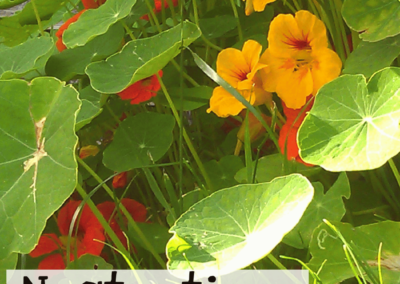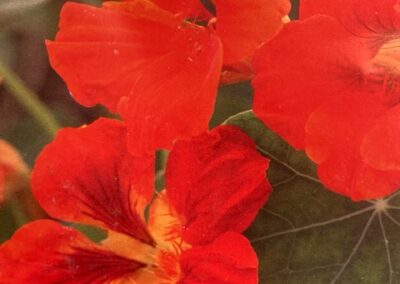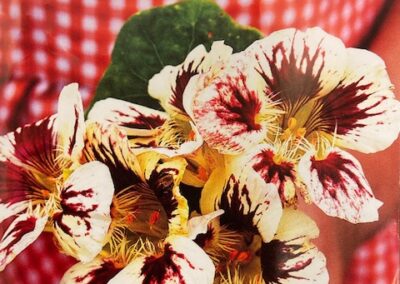
Nasturtium
These very fragrant flowers are delicious in salads. Nasturtium attracts pollinators and can be used as a trap crop. It comes in both bush and vining varieties and a wide array of colors!
|
New: Cream Troika New: Dwarf Jewel Double Dwarf Jewel; Empress of India; Orchid Cream |
|
Tropaeolum majus–Orchid Cream Tropaeolum nanum–Double Dwarf Jewel; Empress of India |
| Can be used as a trap crop | |
|
Easy |
|
Intermediate |
|
3-5 years if properly stored |
|
Annual |
|
7-14 days |
|
Cream Troika: Semi-trailing 20-24” tall with 30-48” spread All other varieties listed above: 10-12” tall |
|
Full sun |
|
50-65 days |
|
March, April, and May |
|
Out of Stock: Cream Troika; Double Dwarf Jewel; Empress of India; Orchid Cream Yes for the rest |
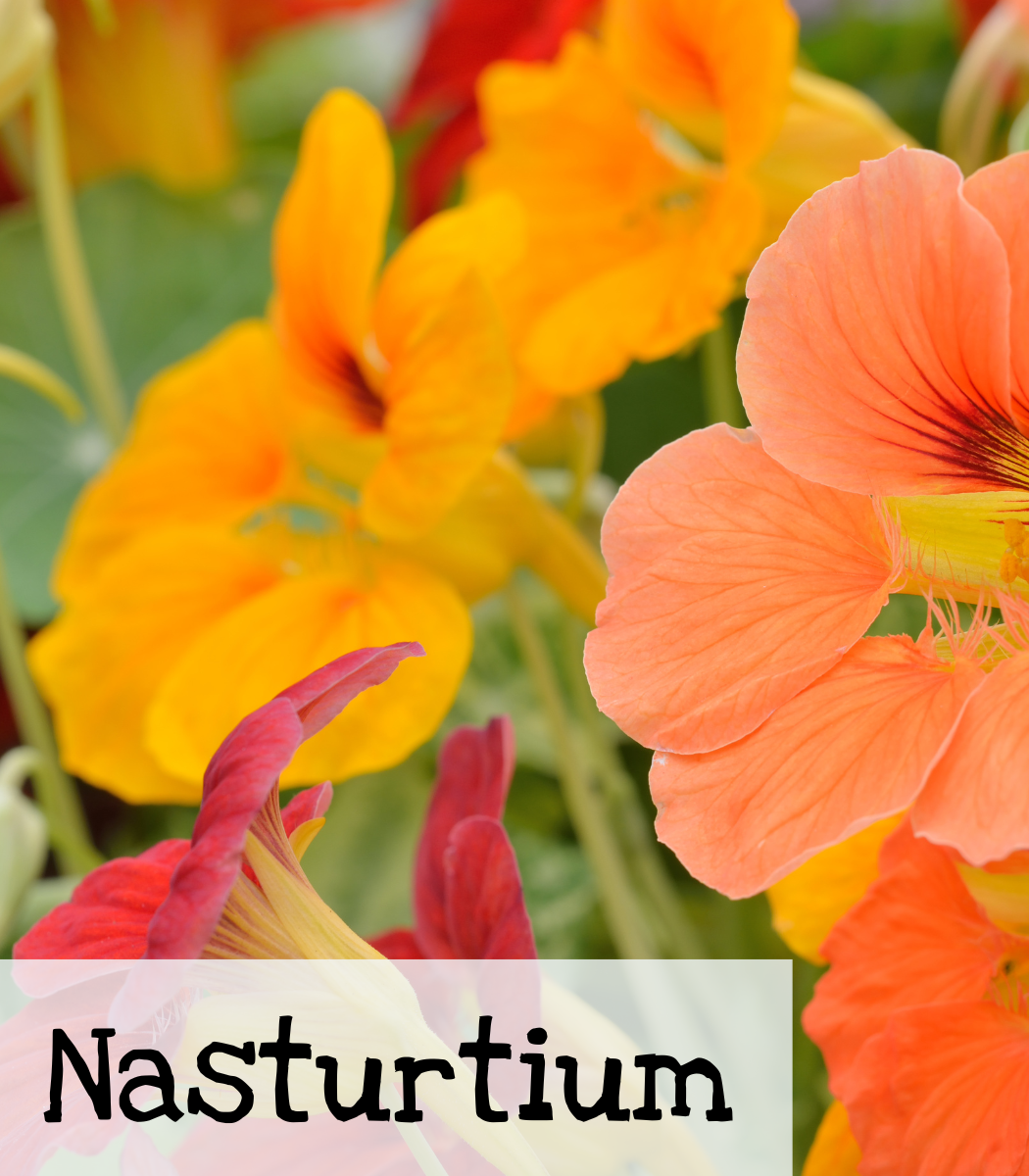
Growing Tips


4 plants per 12” container

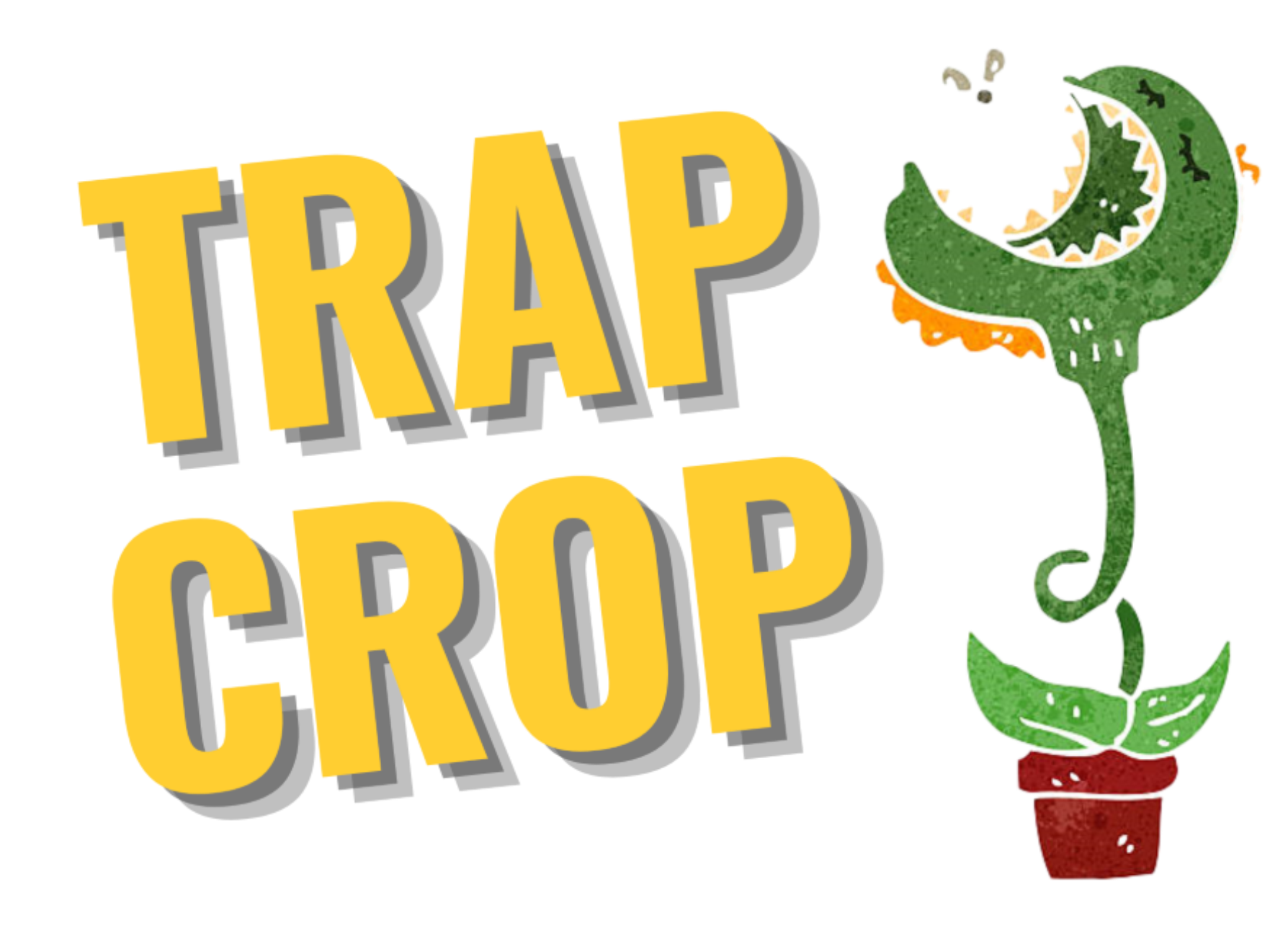
How to Start
Direct Sow: After the last frost.
Start Indoors for Trap Cropping. Start soon enough so that the plant is blooming at the time the pests you are trying to contain arrive.
Nasturtium plants are easy to grow and can be climbing, cascading, or bushy. A trellis may be required depending on the variety.
To aid germination, nick the seed with a nail file or soak overnight in lukewarm water (12 hrs is preferable). Sow to a depth of ½ inch and in full sun. Space about 12’’ apart. Seedlings emerge in 7-14 days. Nasturtiums will tolerate some shade during the hot days of summer. They like well-draining and moderate to low fertile soil.
Care
Flowers bloom from midsummer on and all parts of the plant are edible. Plants have a sweet and peppery flavor. Growing nasturtiums can be used to lure aphids away from other plants in the garden. Care of nasturtiums is minimal; in fact, nasturtium plants are one of those specimens that thrive on neglect. If planted in a container, they may need to be trimmed every so often. Deadhead to encourage more blooms until you are ready for it to go to seed.
How to Use
Both the flowers and leaves are edible. The flowers have a burst of sweetness from the nectar and then a peppery flavor. The flowers are a color addition to any salad. They can also be stuffed with soft cheeses like cream cheese!
Using it as a trap crop
There are a couple of pest insects that are attracted to nasturtium, making it an excellent trap crop. Aphids are one such pest that loves to eat these flowers. Squash vine borers are the second. I like to use the border method of trap cropping with bush nasturtium when protecting my black-eyed peas.
This year I’m adding something new to protect my zucchini from the squash vine borer. I got a vining variety of the flower and I plan on using the mixed method by planting it in with my squashes. It should double as a ground cover keeping weeds down. But the main reason is I’m hoping it will be more attractive to the vine borers than my zucchini. I’ll have to keep up with removing any damaged areas. But if it works as I hope, I should have lots of delicious squashes!
My personal experience
The first year I planted black-eyed peas they got horribly infested with aphids. Ever since I learned nasturtiums are good aphid trap crops, I plant them around my black-eyed peas.
Ironically, I’ve not had a problem with these little insects in my black-eyed peas since. While that rather defeats the purpose of having a trap crop, it does mean I get to enjoy eating the flowers!
I tried a new variety, Orchid, this year. It was very pretty and did look like an orchid. However, I found the flavor to be rather spicy and I didn’t get the sweet punch of the nectar.
When I grew the Jewel mix, it had the sweet flavor of the nectar followed by the pepperiness of the flower. The yellow flowers of this variety had more of a spiciness to them than the red, which I found surprising.
I will continue to try different varieties until I find my favorite!
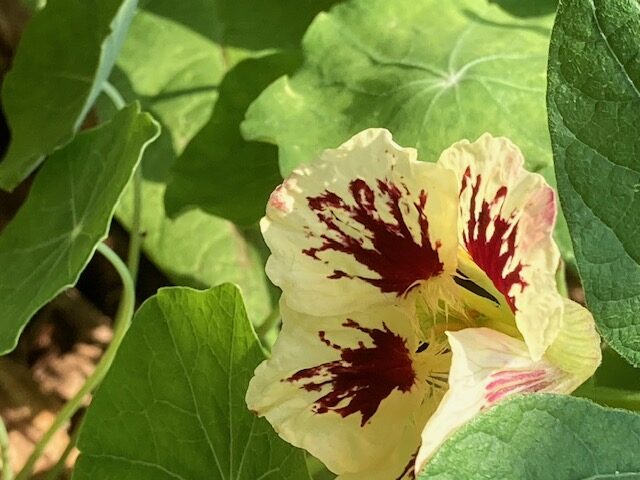
Seed Saving

Isolation Distance
Insect dependent for pollination. Isolation ¼ mile or cage or bag blooms to prevent cross-pollination.
Instructions
Select healthy, robust plants free of any signs of disease or insect infestation for seeds. Seeds carry the traits of the parent plant. Choose plants that exhibit the traits you wish to preserve. Consider bloom size, color and shape, as well as blooming time.
Allow the biggest and healthiest blooms to mature on the plant. Cover the seed head with a fine-mesh bag as soon as flower petals shrivel and die. Use an elastic band to hold the bag in place. This prevents seeds from spilling onto the soil before harvest.
Clip the flower head from the main stem once the seeds are dry and dark. Separate plant debris from the seeds by removing the mesh bag and placing the flower head in a paper bag and shaking to loosen seeds. Seeds settle to the bottom of the bag. Remove plant debris by hand.
Features
- Attracts pollinators
- Edible
- Container friendly
- Easy to grow and maintain
- Fragrant
- Good trap crop
- Cream Troika: A high-performance super-bloomer with cream blooms that have variegated white-streaked foliage. Semi-trailing vines.
- Dwarf Jewel: Heirloom. Deep orange, red, pink, and yellow flowers on compact plants.
- Double Dwarf Jewel: Heirloom. Orange and yellow flowers on compact plants. Very good for bedding and containers.
- Empress of India: Victorian heirloom. Bright red flowers on compact plants. Very good for bedding and containers.
- Orchid Cream: Heirloom. A unique nasturtium that resembles a painted orchid.

Use scissors to harvest flowers and leaves to avoid damaging the plant.
Nick the seeds with a nail file and soak for 12 hours to aid germination.
Besides being a beautiful and tasty addition to the garden, Nasturtium can be used as a trap crop. To learn how to use nasturtium as a trap crop see Pest Management.
You May Also Like:
How to Grow Black-Eyed Peas (Cowpeas)
Companion Planting: How to use flowers to help control pests.
Trap cropping: How to keep pests out of your main crop.


